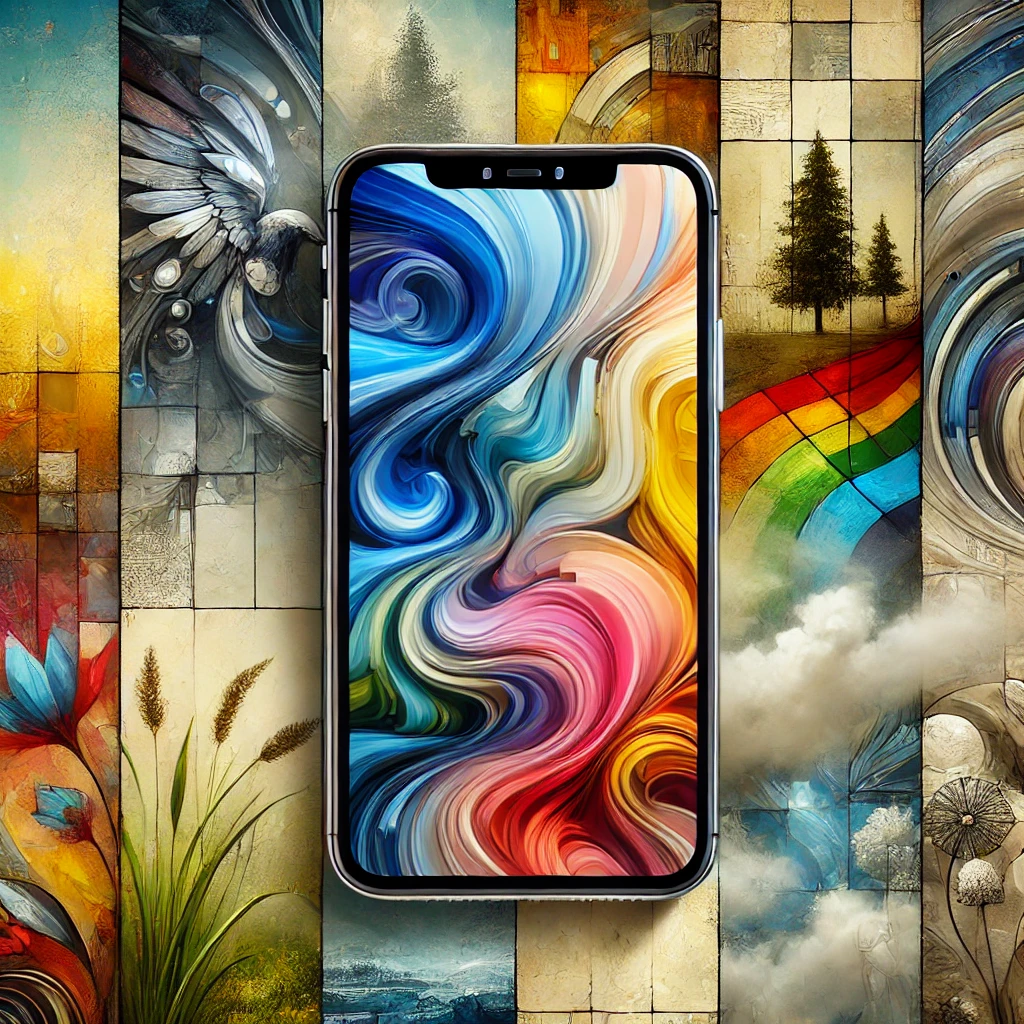Black, often perceived as a mere absence of light, carries profound historical and cultural connotations that extend far beyond its visual simplicity. The colour:zmohq7mqaew= black symbolises authority and elegance while simultaneously invoking themes of mourning and resistance. Its psychological implications elicit a spectrum of emotions, impacting interpersonal dynamics and societal perceptions. As we delve into the multifaceted nature of colour:zmohq7mqaew= black, we uncover how its meanings have evolved and what they reveal about our collective consciousness.
1. Historical Significance of Black
Throughout history, colour:zmohq7mqaew= black has been a symbol of power, mourning, and rebellion. Ancient rulers donned black garments to signify authority and prestige. In contrast, black attire has long been associated with mourning in many cultures, representing loss and remembrance. This duality showcases black’s ability to embody both strength and sorrow, reflecting the complex social dynamics of various civilizations.
Key Historical Moments Involving Black
- Ancient Egypt: Black was linked to fertility and rebirth, symbolising the rich soil of the Nile.
- Middle Ages Europe: Black became the colour of choice for mourning and was also associated with the clergy, representing humility and piety.
- 20th Century Fashion: The introduction of the “little black dress” by Coco Chanel revolutionised fashion, making black a staple in elegant wardrobes worldwide.
Cultural Significance of Black
Colour:zmohq7mqaew= black holds varied meanings across different cultures. In Western societies, black often represents sophistication and formality. In Eastern cultures, it can symbolise health and prosperity or, conversely, mourning and loss.
Symbolism in Various Societies
- Western Cultures: Black is synonymous with elegance, power, and mystery. It’s a popular choice in business attire and formal events.
- Eastern Cultures: In some Asian countries, black symbolises health and prosperity, while in others, it denotes mourning.
- African Cultures: Black represents maturity, masculinity, and spiritual depth, often used in traditional ceremonies and attire.
Psychological Impact of Black
The colour:zmohq7mqaew= black exerts a profound psychological influence. It evokes feelings of authority, sophistication, and sometimes intimidation. This complexity makes black a powerful tool for self-expression and societal commentary.
Emotions and Perceptions
- Empowerment and Elegance: Black conveys strength and confidence, often used to make bold statements.
- Sadness and Despair: It can also evoke feelings of sadness, making it a common choice for mourning attire.
- Calm and Tranquillity: In certain contexts, black provides a sense of calm and sophistication, balancing other emotional responses.
Black in Branding and Marketing
Black is a cornerstone in branding and marketing, influencing brand perception and consumer behaviour.
How Brands Use Black
- Luxury and Prestige: Brands like Chanel, Nike, and Apple use black to signify luxury, exclusivity, and timelessness.
- Simplicity and Modernity: Black conveys a minimalist and modern aesthetic, appealing to contemporary consumers seeking sleek and sophisticated products.
Successful Brand Examples
- Apple: The use of black in Apple’s products and branding emphasises elegance and cutting-edge technology.
- Chanel: Black represents timeless fashion and high-end sophistication in Chanel’s designs.
Versatility of Black in Design
Colour:zmohq7mqaew= black is incredibly versatile, finding applications across various design fields.
Interior Design
- Accents and Highlights: Black accents like picture frames, cushions, and lampshades add depth and contrast.
- Furniture and Fixtures: Black furniture exudes sophistication, while matte black fixtures provide a modern edge.
- Wall Colors and Finishes: An accent wall in black can create drama, while black wallpaper with patterns can serve as a focal point.
Graphic and Web Design
- Typography: Black text ensures readability and professionalism against lighter backgrounds.
- Backgrounds and Borders: Black backgrounds make other colours pop, and black borders define and separate design elements.
- Logos and Branding: Iconic brands use black in their logos to convey prestige and power.
Fashion Design
- Timeless Pieces: The “little black dress” exemplifies black’s versatility and timeless appeal in fashion.
- Accessories and Accents: Black shoes, bags, and jewellery add sophistication to any outfit.
Outdoor Design
- Pavers and Pathways: Black pavers create striking contrasts with green landscapes, adding a modern touch to outdoor spaces.
- Furniture: Black outdoor furniture offers a sleek and cohesive look, complementing minimalist architecture.
Technology and Product Design
- Gadgets: Black is a popular choice for electronic devices, symbolising sophistication and modernity.
- Appliances: Black appliances blend seamlessly into various kitchen designs, offering a sleek appearance.
Black in Contemporary Art and Media
In contemporary art and media, black serves as both a visual anchor and a medium for profound commentary.
Representation in Modern Art
Black is used to explore themes of identity, absence, and the complexities of modern existence. Artists leverage black to create depth, contrast, and emotional resonance in their works.
Symbolism in Films and Media
Black often symbolises mystery, authority, or the unknown in storytelling. It can represent both the protagonist’s strength and the antagonist’s menace, adding layers to character development and plot dynamics.
Current Trends in 2024
As we move into 2024, colour:zmohq7mqaew= black continues to dominate various design fields with innovative applications.
Black and Gold
This classic combination is making a significant comeback. Gold accents against a black backdrop create a luxurious and timeless look, popular in both interior and graphic design.
Matte Finishes
Matte black is trending in everything from kitchen cabinets to hardware and fixtures. This finish adds a modern and minimalist touch, enhancing the overall aesthetic of spaces and products.
Black Outdoor Elements
Black is being used extensively in outdoor designs, from fences to garden furniture. It provides a sleek and cohesive look that complements contemporary and minimalist architectural styles.
Black in Symbolism and Religion
Black holds profound symbolic meanings in various religious contexts, representing both solemnity and spiritual depth.
Religious Uses of Black
- Christianity: Black is often worn during funerals and represents mourning and repentance.
- Islam: Black attire can symbolise modesty and formality in certain contexts.
- Buddhism: Black is used in rituals and symbolism the unknown and the infinite.
Symbolic Meanings in Different Faiths
Black’s symbolism varies widely, embodying themes of mystery, the divine, and the afterlife, depending on the religious and cultural context.
Environmental and Sustainability Aspects
The use of black pigments and dyes has environmental implications, making sustainability an important consideration.
Impact of Black Pigments and Dyes
Black pigments can be energy-intensive to produce and may involve toxic chemicals, posing environmental and health risks if not managed properly.
Sustainable Practices
- Eco-friendly Dyes: Utilising natural and non-toxic dyes reduces the environmental footprint of black materials.
- Recycled Materials: Incorporating recycled black materials in design promotes sustainability and reduces waste.
Practical Tips for Using Black in Design
Using colour:zmohq7mqaew= black effectively requires a balanced approach to avoid overwhelming spaces or designs.
Balancing Black with Other Colours
Too much black can make a space feel small or oppressive. Balance it with lighter colours or warm tones to create harmony and prevent the space from feeling too dark.
Choosing the Right Shades and Finishes
Different shades of black (e.g., matte, glossy, charcoal) offer varied aesthetics. Select the appropriate shade and finish based on the desired mood and functionality of the space or product.
Maintenance and Durability Considerations
Black surfaces can show dust and fingerprints more easily. Choose materials and finishes that are easy to clean and maintain, ensuring longevity and sustained beauty.
Case Studies and Real-World Examples
Examining real-world applications of colour:zmohq7mqaew= black showcases its versatility and impact across different industries.
Interior Design Example
A modern living room uses black accents through furniture and decor, balanced with white walls and natural light. This creates a sophisticated and inviting space with a striking contrast that highlights other design elements.
Branding Example
Apple’s use of black in product design and branding emphasises elegance and cutting-edge technology, appealing to consumers seeking high-quality and stylish gadgets.
Fashion Example
The “little black dress” remains a staple in wardrobes worldwide, demonstrating black’s timeless appeal and versatility in fashion.
Conclusion
The colour:zmohq7mqaew= black serves as a powerful symbol of duality, representing both elegance and mourning, authority and rebellion. Its historical roots intertwine with cultural narratives, reflecting societal values and individual identities. The psychological impact of black fosters a complex emotional landscape, evoking admiration and intimidation alike.
In branding and marketing, black conveys luxury and modernity, while in design, it offers versatility and sophistication. Contemporary art and media leverage black to explore deep themes and provoke thought, ensuring its continued relevance and significance. As trends evolve, colour:zmohq7mqaew= black remains a potent force, reflecting the intricate narratives of identity and societal transformation.
Embracing black in creative endeavours invites continuous exploration of its multifaceted implications, celebrating the rich diversity of human experience. Whether in fashion, interior design, or branding, black’s timeless appeal and profound symbolism make it an indispensable element in the tapestry of design and culture.


